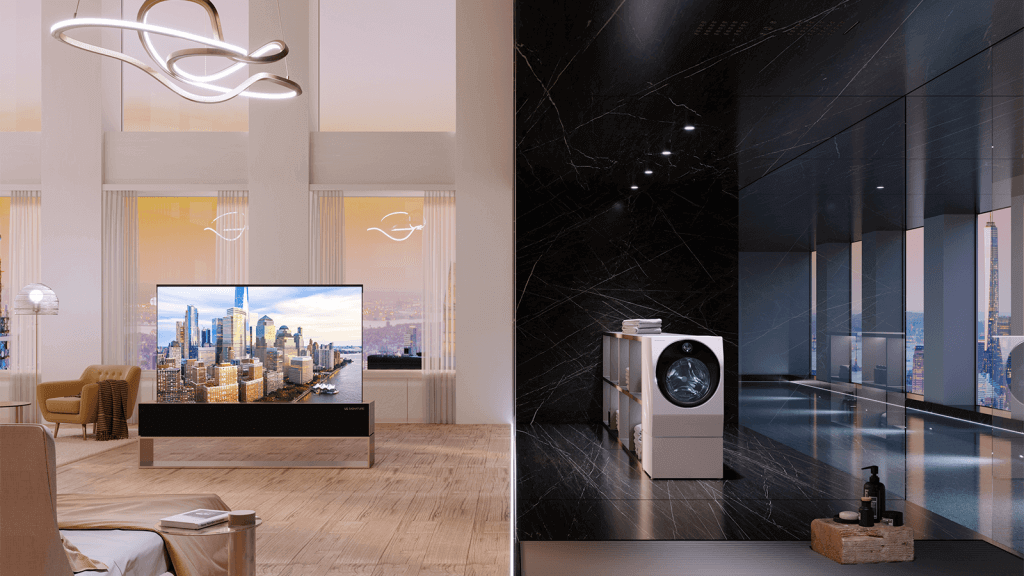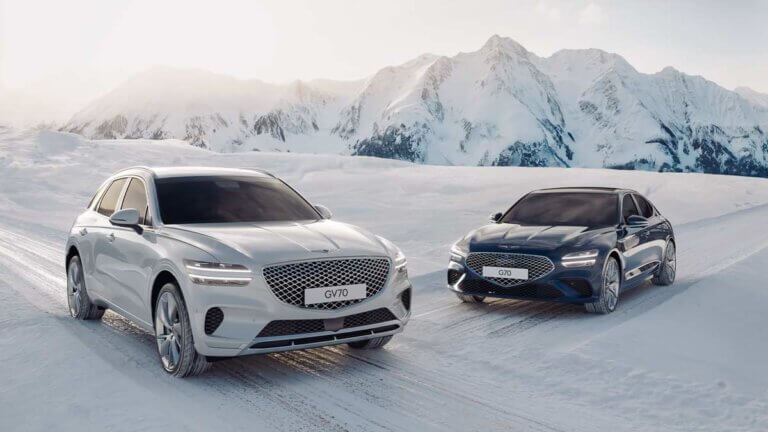Luxury products are known for their quality, history, and reputation. Many times owning a luxury item symbolizes status, proving that the owner can afford the best of the best. However, in a global market where consumers can access unlimited options, how do luxury brands stay luxury? Content marketing research on luxury brands shows that strategies that brands once relied on are becoming obsolete.
Marketing for luxury brands in the digital era means staying in the public eye without tarnishing their high-status reputation. A careful balance must be reached, and content marketing research constantly provides new perspectives on the changes in luxury branding.
In this blog, we will be talking about marketing for luxury brands and:
Learn more about Virtual Spaces by downloading our FREE guide below!
Download the Guide

Realistic virtual spaces are marketing luxury brands beyond the physical space.
What Makes Something Luxury?
There are many characteristics that make a brand ‘luxury’ rather than simply ‘name brand’ or ‘premium’. At the heart of luxury are two concepts: reputation and rarity. These concepts not only affect the company’s perception, but also the social perception which the luxury brand holds with consumers
Reputation and Rarity
The concept of a luxury item is inherently rooted in reputation. On the company’s side, they must uphold a reputation of quality and staying ahead of the competition. This reputation can stem from a variety of factors such as company heritage and authenticity. On the other end, consumers seek to uphold their personal reputation by using only the highest quality or rarest items.
Because so much weight is being placed on reputation, a certain level of exclusivity must also be placed on the product. Whether that comes in the form of high prices or limited supply, luxury brands historically stay relevant for their rarity.
Social Perception of Luxury
Companies can make a quality product as rare or pricey as they want. However, that doesn’t mean they will succeed in attracting customers. The luxury product must first appeal to people’s emotional and social wants.
Researchers from Yonsei University and other American institutions accumulated studies on luxury brands to discover what makes them so appealing. After sifting through dozens of papers, content marketing research suggested five key theories which explain the attraction to luxury brands:
- Self-Concept Theory: Consumers rely on luxury brands to identify their self-concept, using the brand to communicate their identity.
- Conspicuous Consumption: Consumption of luxury brands acts as a symbol of wealth for others to infer status and power.
- Social Comparison Theory: Consumers compare themselves to their target demographic, using luxury brands to represent their place in society.
- Extended-self / Consumer Culture Theory: Consumers use luxury brands to alter their identity into who they want to be.
- Theory of Uniqueness: People who seek to differentiate themselves from the similarities of their peers use luxury brands to become unique.
Comparing the theories, the research came down to people wanting to change their identity in some way. Luxury brands capitalize on consumers’ desire to be perceived a certain way. Therefore the brand keeps its product exclusive to uphold that perception.
Interested in creating virtual imagery for your brand? Download our FREE expert-curated guide.
Download the Guide

Snapshot of The Voyage by Giacomo Mason.
The Content Marketing Research Behind Luxury Brands
Luxury brands keep their products exclusive so that consumers can uphold a unique identity or higher social status. Traditionally, the scarcity of the product made the mass market aspire to get it even more. However, content marketing research shows that times are changing for luxury brands.
While the globalized market offers companies a wider consumer market, but also gives way to more competition. Therefore, consumers want more from the companies they associate with in exchange for their loyalty. Digital media further complicates traditional marketing for luxury brands, making them fight for attention against a barrage of online advertisements.
An Emotionally Driven Consumer Base
The luxury lifestyle we know today is very different from the origins of commercialized luxury of the past. While reputation and rarity are still at the heart of the appeal, modern consumers are also looking for an emotional connection.
A study by researchers from La Universidad de Navarra studied how consumers today are persuaded by luxury brands such as Rolex. They found that the history of brands contributes by emotionally connecting modern audiences to fantasies about the brand’s heritage.
Historical perception is one way to persuade consumers, however, the main findings revealed that audiences today want an emotional experience. For many brands without a rich history, they must find new ways to emotionally engage customers in today’s experience-based economy. Otherwise, they risk losing hold of the modern consumer.
The Death of Luxury Retail Outlets
Another big contributor to the decline of luxury brand awareness has been the shift away from physical shopping. Luxury stores used to be the primary source of marketing, with pristine interiors showcasing the most exclusive products. Stores contributed heavily to the perception of uniqueness and higher status.
However, the rise of online retail keeps consumers away from retail centers. Trying to market those same luxury products through a computer screen makes the brand lose its appeal. A content analysis of 242 research articles found that online shopping preferences directly contradict the values of luxury exclusivity. Online luxury consumers can easily compare brands, are more price-conscious, and put emphasis on product availability.
With all the convenience of ordering from the comfort of home, online retail is here to stay. So with the retail market shifting, how do brands evoke emotion and successfully showcase their products digitally?

Sketches of the project conducted with Thomas Ashborne.
Marketing for Luxury Brands in the 21st Century
Marketing for any brand in the 21st Century means establishing an online presence. Still, the limitless, disorganized internet landscape creates challenges for luxury brands trying to market themselves as exclusive and pristine.
Utilizing Social Media
The first outlet luxury brands rely on for online outreach is social media. Potentially the most valuable modern outreach method, social media platforms allow brands to showcase the best they have to offer. Anyone can view their product, but loyal customers can follow and create a community with similar brand identities. Overall, a good social media presence can uphold a luxury brand’s reputation while keeping them relevant to the modern audience.
Relevancy also now relies heavily on social ‘hype’ surrounding a brand. This has allowed fashion companies like Bape and Supreme to skyrocket in sales seemingly out of nowhere. The viral aspect of a luxury brand can lead to massive success and recognition. However, it is much harder to achieve without a set formula.
Establishing an Online Marketplace
Instead of traditional storefronts, luxury brands develop their own websites to create a similar luxury shopping experience. While not as immersive or enthralling as a physical store, a retail site allows the company much more creative freedom. Products can be showcased in any digital form while content and website design work to create a story for the brand.
In some ways, online retail helps luxury brands by tracking customer data and allowing for personal online outreach. Still, it is a far cry from the exclusive, engaging environment of the stores of the past.
Virtual Spaces and the Metaverse
3D digital modeling and virtual spaces are looking to bring back the in-store feel to luxury brands. Beyond luxury items, virtual spaces better engage target audiences. They allow users to explore and interpret the brand’s story as if they were in a physical store. Virtual stores and online communities in the Metaverse have already garnered attention as the next frontier of media for marketers to explore

Mock-ups of the project conducted with Thomas Ashborne.
The Future of 3D Marketing for Luxury Brands
Advancements in virtual space technology and styling are making the virtual space more realistic and fantastic than ever before. By implementing virtual spaces into luxury products, brands bring the appeal of elegant storefronts back into the digital space. From fully immersive VR to virtual tours of a product, consumers can truly feel connected with the brand through 3D visuals.
Do you have a luxury product you’re trying to bring into the 21st century? Consider working with us today to create your own amazing digital media marketing project. Capture the attention of your modern audience with 3D art and architecture with us today.
Download our FREE guide to start designing your first Virtual Space!
Download the Guide
For project inquiries e-mail us at [email protected]
For press inquiries e-mail us at [email protected]

